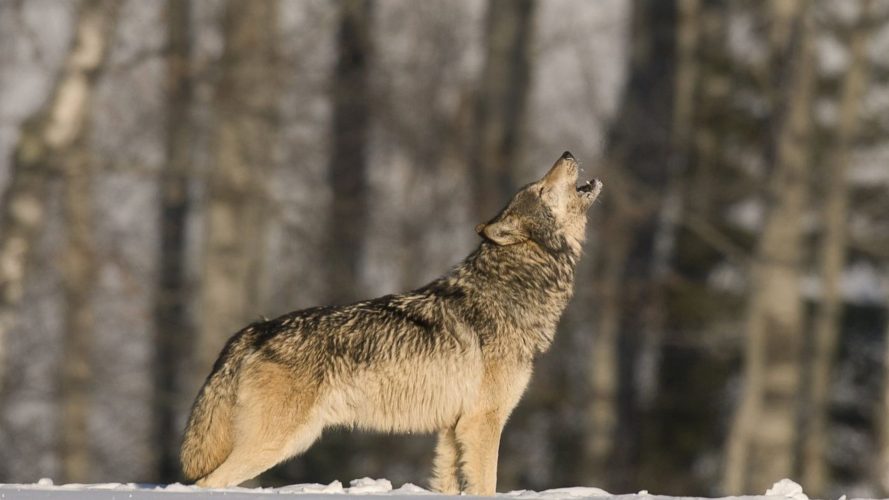One of nature’s most amazing sounds is hearing a wolf howl, but you might not be aware of why.
In this article, we will tell you how wolves communicate with one another.

Wolves use their howls to communicate with one another. Wolves howl to gather their pack together, to keep other wolf packs away from their territory, and to let their pack know where they are. They may also howl at family members they are close to.

A wolf’s howl is a wonderful sound to hear. It gives you the feeling that you are surrounded by a nature’s apex predators. If you’ve ever wondered why wolves howl, this video will provide you with the answers you need.
Communicating Their Location

Wolves howl to let the rest of the group know where they are. Wolves howl to signal to the other members of the pack when they return to the area after being away, such as when they go in search of food.
Warning

Wolves howl in order to signal to other wolves or packs that the territory is already occupied. After entering their territory, the group alpha must decide whether to leave or keep going. A defensive howl warns wolves to stay in their packs and protect the young.
Why Do Wolves Howl Back?

Wolves communicate by howling, and when a wolf responds, it implies that it has heard and understood the message. Howling can be used to reassemble a pack, scare off intruders, identify other wolves, and mark territory. Other wolves will howl back to confirm the message.
How Far Can a Wolf Howl Be Heard?

Depending on the terrain they are in when making the call, the precise distance will vary. The howl can be heard up to 16 kilometers away if in an open area. In forested areas, this distance may be reduced to less than 10 kilometers.
Do Wolves Howl After a Kill?

The reason why wolves howl after a kill is now explained. There are several reasons why wolves howl after a kill. The first is to warn other wolves to stay away from the kill site, and the second is to gather the entire pack back together after a kill so that everyone may eat.





